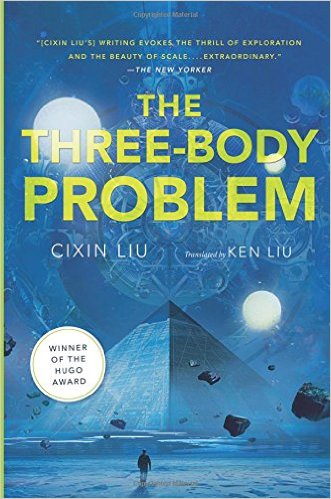The arts provide a key avenue of insight into ancient human behavior and symbolic evolution. In this lecture we will review some of the evidence and analysis of how our ancestors of the later Ice Age used the material and visual world to create meanings, to develop and solidify social relationships, and to become “effective world settlers.” The scope of what we call “Paleolithic art” will be a focus because it is such a well-preserved collection of material and so many new and exciting ways of studying it have developed over the past years.
Category: Post
Library content is labelled in admin pages as ‘Post’ under the ‘Category’ column
Robbert Dijkgraaf, Institute for Advanced Study Director and Leon Levy Professor, will discuss the re-publication of “The Usefulness of Useless Knowledge” (Princeton University Press), which features IAS Founding Director Abraham Flexner’s classic essay of the same title, first published in Harper’s magazine in 1939. Continue reading “The Usefulness of Useless Knowledge”

By Sanford (Sandy) Morganstein
Book Review: The Three-Body Problem
The April March for Science
What does a science fiction book have to do with supporting science in today’s American environment? A Chinese science fiction book for that matter? Here’s the tipoff: “To effectively contain a civilization’s development and disarm it across…a long span of time, there is only one way: kill its science,” author Liu Cixin has one of the characters say.
While the fundamental scientific underpinnings of CO2 storage build on a century-long exploration of the physics of multiphase flow in porous media, there are aspects that remain unexplored and warrant further investigation. Continue reading “Recent Advances in CO2 Storage Science and Technology”

By Geoff Hunt, ASBMB Today
On April 24, comedian Mike Abdelsayed will lead a team of improv professionals from One Group Mind to put on “Nothing Academic: A Night of Science-Themed Improv” at The Comedy Clubhouse in Chicago. The improv comedy show, which is sponsored by the Public Outreach Committee of the American Society for Biochemistry and Molecular Biology, will present an example of science communication in action.

By Geoff Hunt, ASBMB Today
On April 24, comedian Mike Abdelsayed will lead a team of improv professionals from One Group Mind to put on “Nothing Academic: A Night of Science-Themed Improv” at The Comedy Clubhouse in Chicago. The improv comedy show, which is sponsored by the Public Outreach Committee of the American Society for Biochemistry and Molecular Biology, will present an example of science communication in action.